Astronomers have discovered a swarm of exocomets, a type of comet originating from outside the Solar System, passing in front of a young star located approximately 300 light-years from Earth. According to a study published in the journal Nature, the exocomets were detected by astronomers using the Transiting Exoplanet Survey Satellite (TESS) and the Kepler space telescope. The findings suggest that the exocomets are part of a larger population of comets that may have originated from a nearby star-forming region.
Dr. Andrew Gibson, lead author of the study, stated that the discovery of the exocomets provides valuable insights into the formation and evolution of our Solar System. "The presence of exocomets near a young star suggests that comets may have played a significant role in the delivery of water and organic molecules to planets during the early stages of their formation," Gibson explained. The study's findings also have implications for the search for life beyond Earth, as comets are believed to be a potential source of organic materials that can support life.
The discovery of exocomets is not a new phenomenon, but the detection of a large swarm of these objects near a young star is a significant finding. Exocomets are thought to be the remains of a planet that was destroyed or perturbed from its orbit, leaving behind a trail of cometary material. The study's authors suggest that the exocomets may have originated from a nearby star-forming region, which would have provided a rich source of material for the formation of planets.
The discovery of the exocomets has sparked interest among astronomers and planetary scientists, who are eager to learn more about the formation and evolution of our Solar System. "The study of exocomets provides a unique window into the early history of our Solar System and the potential for life beyond Earth," said Dr. Sara Seager, a planetary scientist at MIT. "The discovery of a large swarm of exocomets near a young star is a significant finding that will help us better understand the origins of our Solar System and the potential for life beyond our planet."
The study's findings have also raised questions about the potential for comets to deliver water and organic molecules to planets during the early stages of their formation. "The presence of exocomets near a young star suggests that comets may have played a significant role in the delivery of water and organic molecules to planets," Gibson said. "This has important implications for the search for life beyond Earth, as comets are believed to be a potential source of organic materials that can support life."
The study's authors plan to continue studying the exocomets and their potential role in the formation and evolution of our Solar System. "We are excited to continue studying the exocomets and learning more about their origins and composition," Gibson said. "This will help us better understand the early history of our Solar System and the potential for life beyond Earth."





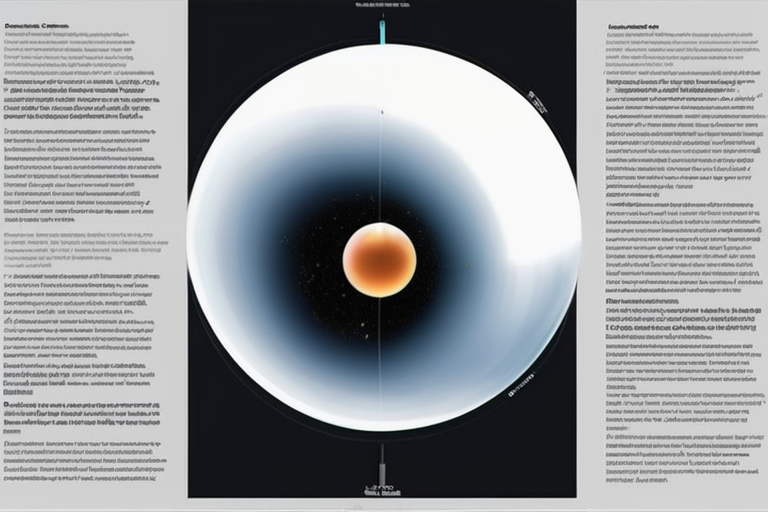




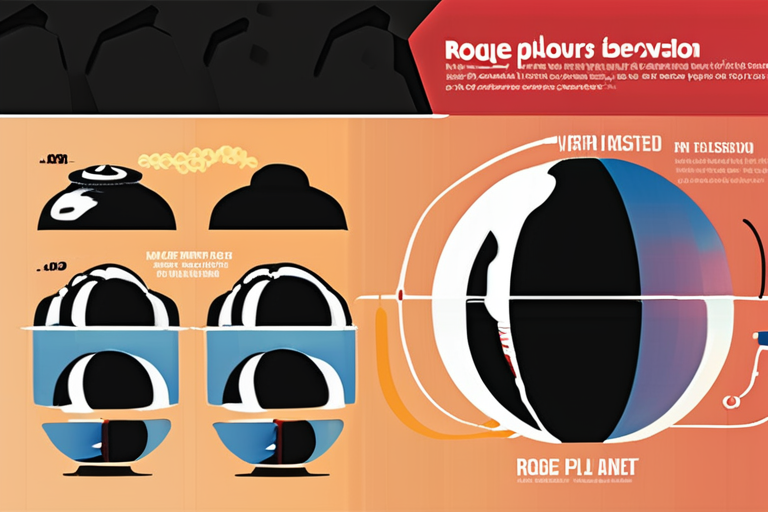



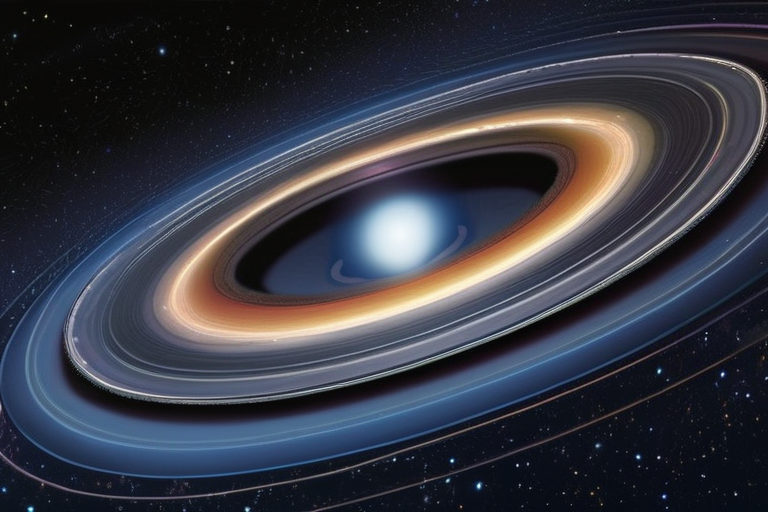
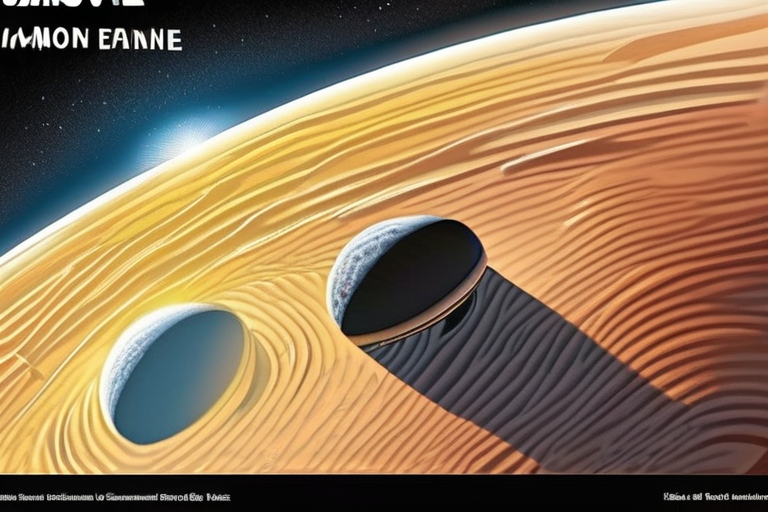
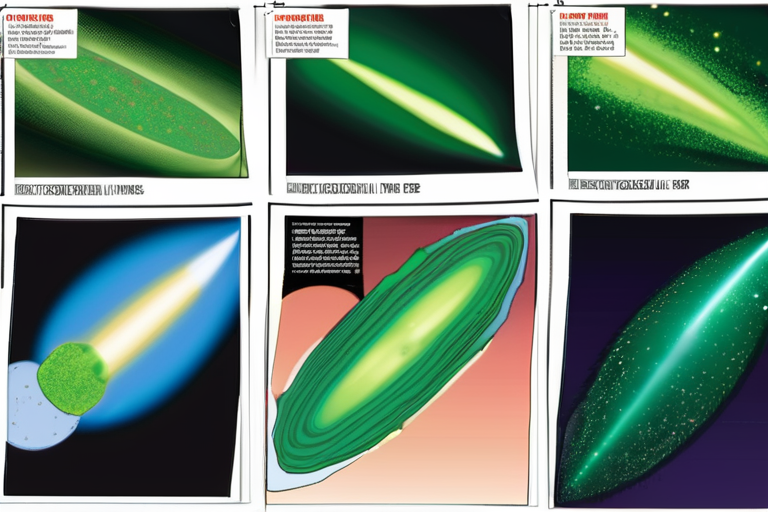





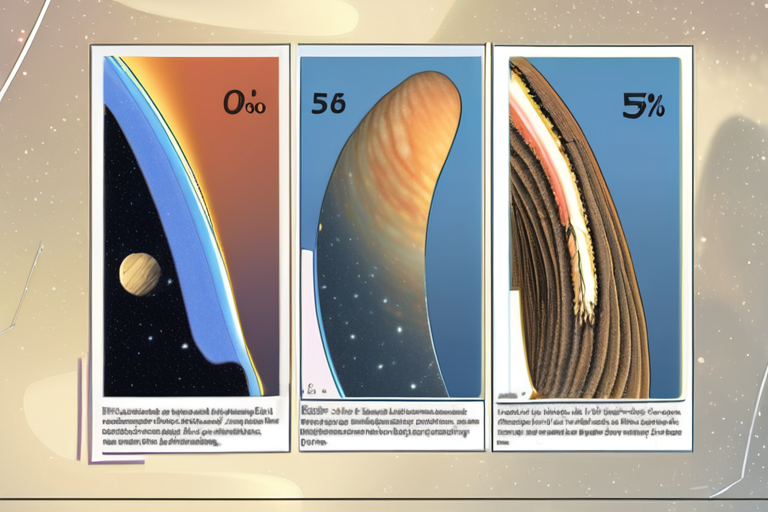

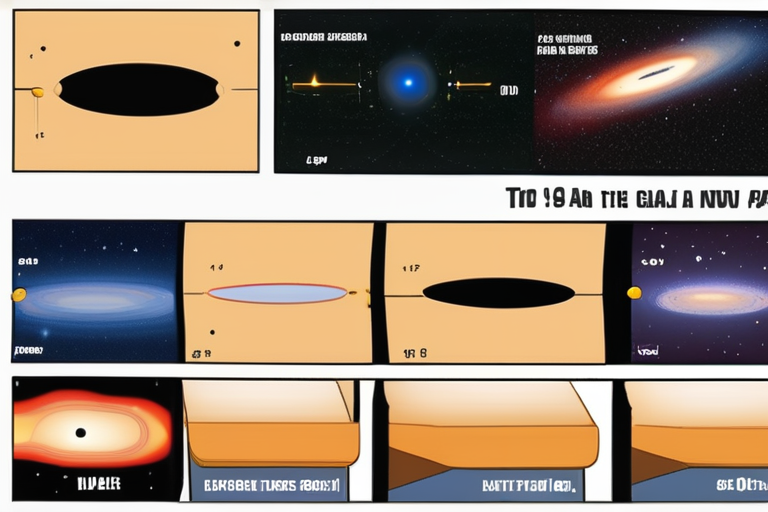


Share & Engage Share
Share this article